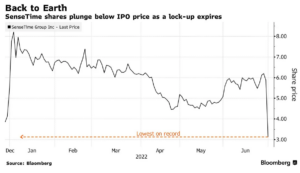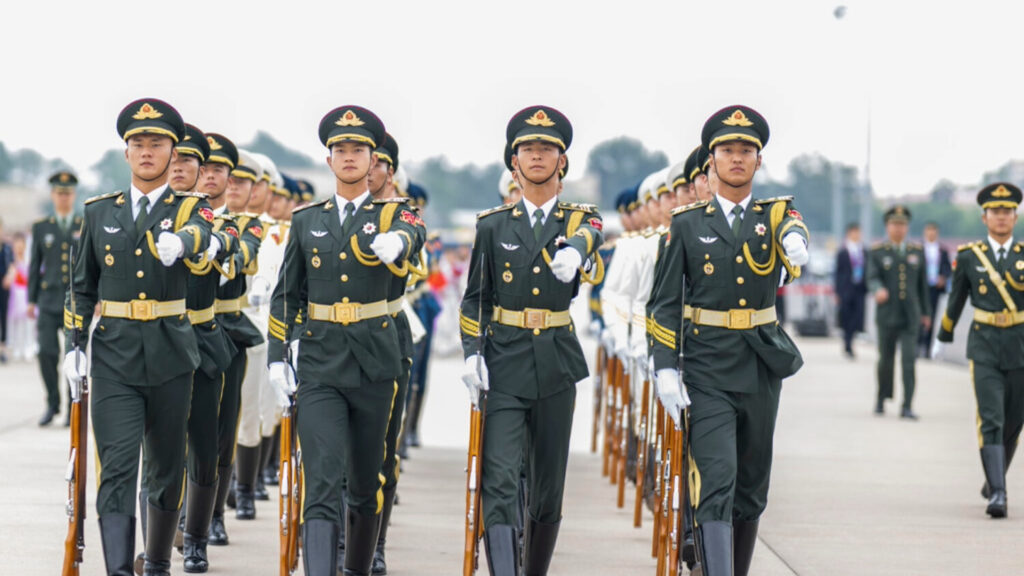How State Intervention Shapes China’s AI Ecosystem
China’s rapid ascent in artificial intelligence (AI) is often credited to the power of state intervention. Since the late 2010s, the Chinese government has declared AI a pillar of national rejuvenation, pouring billions into research, infrastructure, and talent pipelines. Yet, beneath the surface of this top-down mobilisation lies a more complex reality: a system that excels at building capacity and scaling applications, but also one that generates large-scale inefficiencies and strategic dilemmas. As China’s AI sector matures, the question is no longer whether state intervention can produce results, but whether it can sustain genuine innovation without stifling the private dynamism it has inadvertently enabled.
How Does the State Intervention Function?
China’s approach to AI reflects its broader political economy, where central planning meets decentralised implementation. The 2017 “Next Generation Artificial Intelligence Development Plan” set ambitious targets, including global AI leadership by 2030 (State Council, 2017). Ministries and commissions coordinate efforts, while provincial governments rapidly translate national directives into local plans. The system’s strength lies in its capacity for mobilisation, with over 20 provinces issuing AI strategies within 18 months of the national plan, each vying to become a “world-leading AI innovation centre” (Floridi, 2020).
At the heart of this mobilisation are political incentives. Local officials are rewarded for delivering visible achievements in strategic sectors within their short 3–5 year tenures. The cadre evaluation system, which ties career advancement to technological and economic progress, drives local leaders to support AI initiatives aggressively. This often results in a flurry of activity: new research parks, subsidies, and public-private partnerships proliferate, sometimes at the expense of long-term capability building and sustainable innovation.
Targeted programmes such as the “Little Giants” initiative further illustrate the state’s hands-on approach. By 2023, over 12,000 SMEs, more than 300 in AI, had received this designation, gaining access to contracts, research partnerships, and preferential policies (MIIT, 2023). While this support has accelerated the growth of many firms, it can also favour politically connected enterprises over the most innovative, and sometimes leads to redundant or artificial collaborations that do little to advance genuine technological progress.
Achievements and Inefficiencies of the System
The state-driven model’s ability to mobilise resources and accelerate AI development has undeniably produced impressive results, but it has also introduced notable inefficiencies. Nowhere is this duality more evident than in the case of SenseTime, one of China’s flagship AI companies. With robust government support, SenseTime rapidly scaled its operations, deploying AI technologies across more than 150 cities and achieving a valuation of over $7.5 billion by 2020 (SenseTime, 2020). Early government procurement contracts provided the company with stable revenue streams, while generous subsidies and access to discounted computing power fuelled its technical growth and allowed for aggressive expansion.
Yet, the very mechanisms that drive rapid scaling also create persistent inefficiencies. SenseTime’s stock price has since plummeted, highlighting how political incentives can inflate valuations and sustain firms regardless of commercial fundamentals (Asia Financial, 2022). Between 2013 and 2023, government venture capital funds directed about $210 billion into AI firms, often favouring short-term, visible projects over foundational research (VoxChina, 2024). Companies like CloudWalk, which continued to receive subsidies despite mounting losses, illustrate how political priorities can prop up underperforming firms, delaying market discipline and resource reallocation that would otherwise foster a more competitive sector.

This pattern is not unique to China, as early-stage innovation everywhere involves a degree of waste, but the scale and persistence of misallocated capital are distinctive in the Chinese context. For example, while the US invested about $329 billion in AI between 2019 and 2023 – roughly 60% more than China’s $133 billion – China’s level of funding has not translated into a comparable global presence among top AI firms, with the US continuing to dominate (IFA, 2024). However, despite the risk that prolonged state support may entrench inefficient business models and weaken competition, the sheer scale of government investment has also unintentionally broadened China’s pool of AI talent and strengthened its technological infrastructure. This dual outcome highlights the complexity of balancing rapid progress with sustainable, high-quality growth.
Source: https://siliconscotland.news/global-ai-investment-leaders-revealed-whos-ahead-in-the-ai-race/
China’s AI Ecosystem is at a Crossroads
China’s state-led approach to AI has undeniably built a formidable ecosystem, propelling the country to the forefront of global AI development. This model excels at rapidly scaling proven technologies and constructing extensive infrastructure, creating an environment where innovation can flourish and new ideas can be tested at scale. However, it also entails persistent inefficiencies and complex strategic trade-offs that must be navigated as the sector matures.
At the heart of these challenges lies a fundamental tension between autonomy and control. The ecosystem’s successes, exemplified by companies like DeepSeek, depend on preserving sufficient space for market-driven innovation to thrive. Yet as AI’s strategic importance intensifies – both for national security and global competition – the temptation for tighter state control grows ever stronger. The experience of firms such as Huawei, which shifted from relative independence to closer alignment with state directives, underscores how political imperatives can reshape the relationship between government and private enterprise, sometimes at the expense of innovation (Dou, 2025).
Unlike Silicon Valley, where legal frameworks provide predictable boundaries for intervention, China’s private AI firms operate in an environment where political priorities can override market dynamics at any moment. Therefore, the real test for China’s AI ambitions lies ahead: can the state sustain an environment where private innovation flourishes, or will growing political imperatives ultimately constrain the very dynamism that has driven recent successes? As the global race for AI leadership intensifies, the answer will shape not only China’s technological future but also the evolving balance of power in international affairs. The coming years will reveal whether China can continue to balance state ambition with the entrepreneurial spirit that has powered its AI revolution so far.
Bibliography
Dou, E. (2025) ‘House of Huawei: The Secret History of China’s Most Powerful Company’
Floridi, L. (2020). The Chinese approach to artificial intelligence: an analysis of policy, ethics, and regulation. Philosophy & Technology, 36, 59–77.
IFA Magazine. (2024). AI Investment Race: Discover Which Countries Are Dominating the Future of Technology. Available at: https://ifamagazine.com/ai-investment-race-discover-which-countries-are-dominating-the-future-of-technology
MIIT (Ministry of Industry and Information Technology) (2023) ‘Little Giants’ SME List. Available at: https://www.miit.gov.cn/
Asia Financial (2022) ‘China’s SenseTime Shares Plunge 51% as Lock-up’. Available at: https://www.asiafinancial.com/chinas-sensetime-shares-plunge-51-as-lock-up-expires
SenseTime (2020) Annual Report. Available at: https://www.sensetime.com/en/investor_report
State Council of the People’s Republic of China (2017) ‘New Generation Artificial Intelligence Development Plan’. Available at: http://www.gov.cn/zhengce/content/2017-07/20/content_5211996.htm
VoxChina. (2024). ‘China’s Government Venture Capital’ Available at: https://voxchina.org/show-3-381.htm



